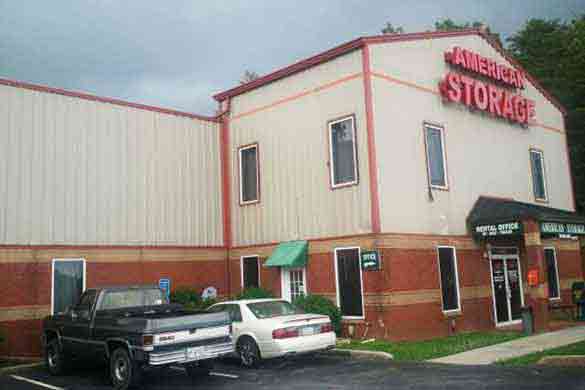Bridge Loan Outlook for 2025
Understanding Bridge Loans
Bridge loans have emerged as a pivotal financing solution for real estate investors and business owners seeking rapid access to capital. Unlike traditional loans, bridge loans are asset-based, focusing on the value of the collateral property rather than relying solely on the borrower’s credit history. This makes bridge loans an attractive option when timing is critical.
Key Factors Influencing Bridge Loan Rates
When considering bridge loans, borrowers should understand the factors that determine the rates offered by lenders. One of the most visible costs is the interest rate, which can be either fixed or variable. However, additional fees such as origination, underwriting, and closing fees also play a significant role in the overall cost of borrowing.
The Loan-to-Value (LTV) ratio is another critical element. This ratio reflects the percentage of the property’s value that is financed. Higher LTV ratios indicate increased risk for lenders, often resulting in higher interest rates. Thus, maintaining a balanced LTV ratio is essential for securing favorable terms.
Creditworthiness further influences bridge loans. Borrowers with strong credit profiles are more likely to obtain competitive rates and flexible terms, while those with lower credit scores may face higher costs and stricter conditions.
Moreover, current market trends such as changes in Federal Reserve policies, fluctuations in real estate values, and broader economic uncertainties will continue to impact bridge loan rates throughout 2025.
Risk Management Strategies for Bridge Loans
Effective risk management is vital when utilizing bridge loans. Begin with an accurate valuation of your property to avoid overestimating its worth, which can lead to unfavorable loan terms. Establish a clear exit strategy, whether through refinancing, selling the property, or another method, to ensure you can repay the loan on time.
Additionally, managing the Loan-to-Value (LTV) ratio prudently and understanding every detail of the loan terms can help mitigate risks. Being prepared for potential market fluctuations is also key to safeguarding your investment.
How Bridge Loans Work in 2025
In 2025, bridge loans continue to be a crucial tool for facilitating swift financial transactions. These loans are typically approved and funded within days, making them ideal for time-sensitive real estate deals or urgent business needs.
Because bridge loans are secured by the property itself, lenders primarily evaluate the asset’s current market value, rather than focusing exclusively on the borrower’s credit score. This asset-based approach, combined with fast turnaround times, makes bridge loans a popular choice in a dynamic market environment.
Considerations Before Applying for Bridge Loans
Before applying for bridge loans, it is essential to weigh both the advantages and potential drawbacks. Although these loans offer quick access to funds, they come with higher interest rates and fees compared to traditional financing options. A well-defined exit strategy is crucial to prevent financial strain, especially if market conditions change unexpectedly.












